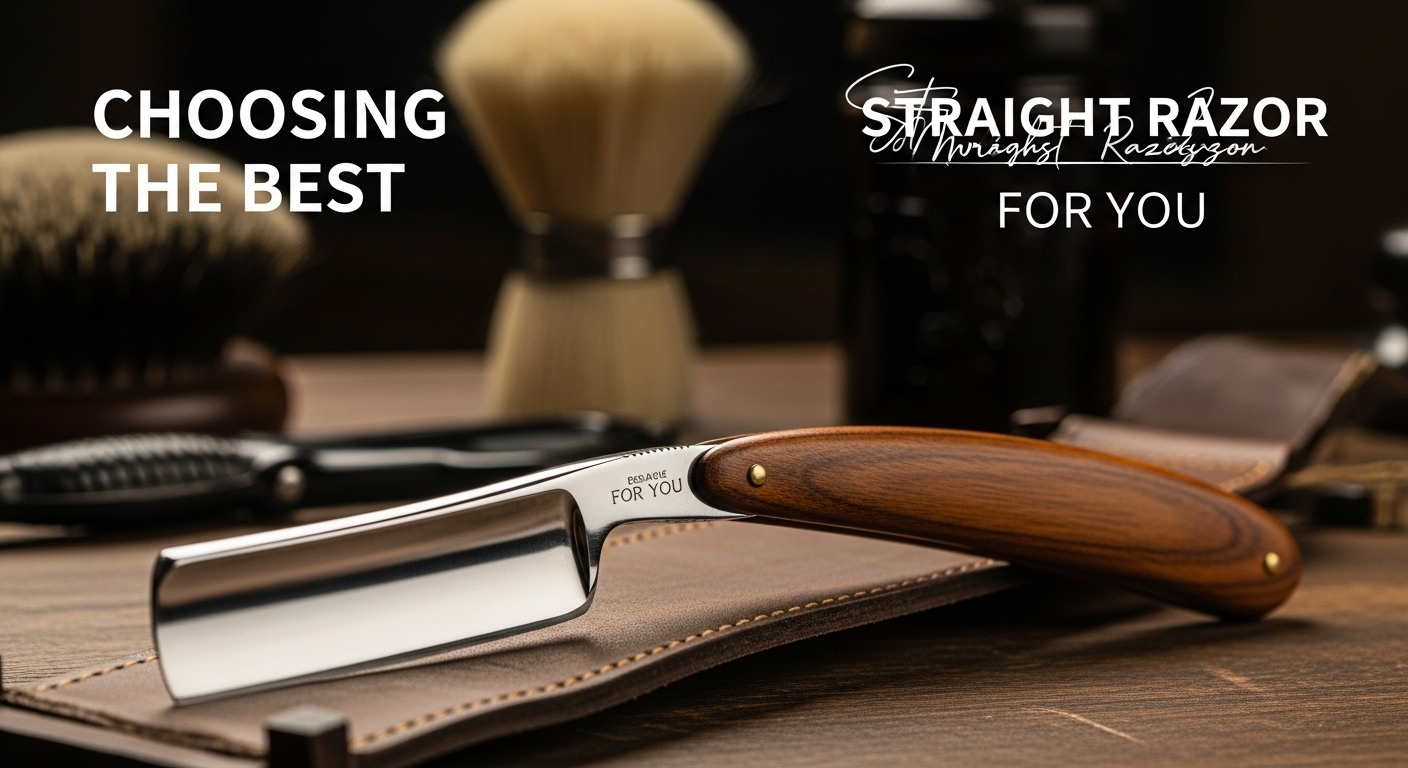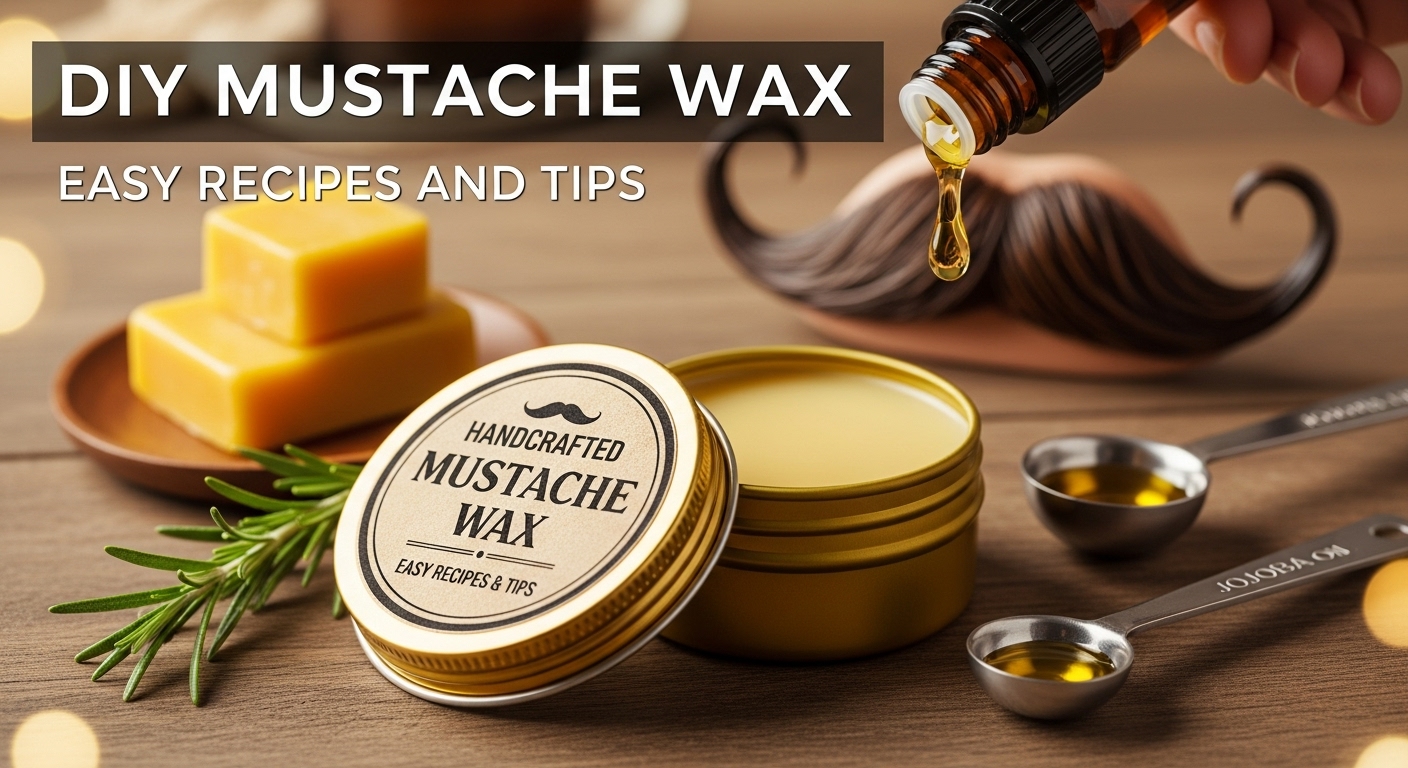Once one has the first time in their life hand a proper straight razor, observing all its characteristics different from any other safety or cartridge blade becomes crystal clear straight away. Doing a quicker but indeed such a different job from the way it is usually done, folding and clicking obviously became visible. The situation is not much different if we talk about the sole metal edge prepared to be touched by you. In a way, the item being both a tool and the thing that is part of the tradition passing from one generation to another over a few centuries.
Getting the best straight razor in just a matter of not only the most expensive ones on the shelf. Matching your hand, your face, and your level of temperance are the three things this tool deals with. One blade becomes perfect for you because of a dozen tiny details, and another might not even be worthy of putting it away.
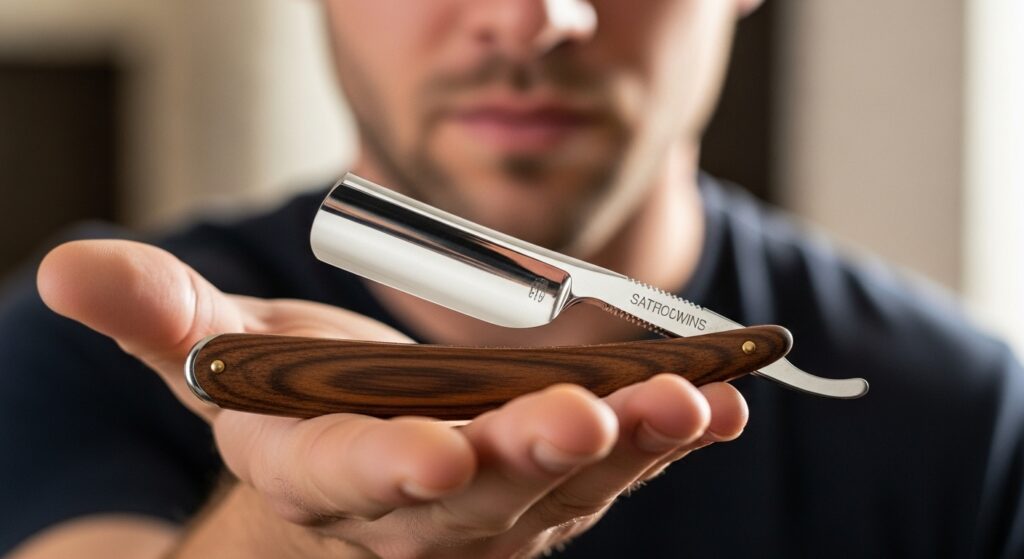
Understanding the Straight Razor Basics
The strip razor with a single blade, also known as a straight edge razor, is generally a single blade in which the blade is folded (called scales) and is designed to make the nearest shave possible.
No guards. No plastic cartridges. Just a fine steel edge that we can find. Those which are called as cut-throat razor, others technical term barber straight razor, but all the idea is one and the same.
There are two configurations for the razor:
- Fixed Blade – A solid piece of steel that you can only clean and revive by stropping and honing.
- Replaceable Blade (Shavette) – It looks quite the same but is equipped with disposable barber razor blades which are changed with new ones rather than being sharpened.
If you are dealing with a straight razor for the first time then it is necessary to know beforehand if it is a fixed blade or a shavette as the maintenance of both is totally different.
Blade Types and Grinds
The grind refers to the extent to which metal has been removed from the blade during the manufacturing process. A grind significantly affects one’s sharpness, flexibility, and feel.
Common Grinds:
- Full Hollow – Very sharp, thin, flexible edge. Perfect for detailed work but less tolerant.
- Half Hollow – The middle ground between the sharpness and the blade’s stiffness.
- Wedge – A short, thick, very tight, and stiff blade. Strict control but great for heavy beard.
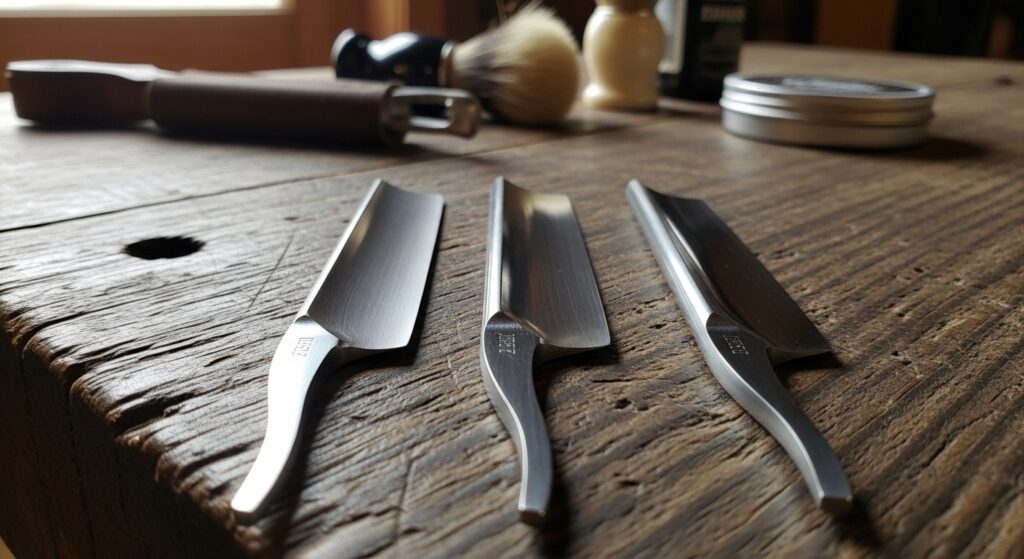
Steel and Edge Retention
Steel is where the personality of a razor starts.
| Steel Type | Pros | Cons |
|---|---|---|
| Carbon Steel | Easy to hone, incredibly sharp | Prone to rust if not dried and oiled |
| Stainless Steel | Resists corrosion, low maintenance | Takes more effort to hone |
Handle (Scales) Materials
The handle or scales not only makes the razor look great. It significantly affects the balance, weight, and comfort.
Common Materials:
- Wood – Feels warm to the touch, gives a natural, earth-like look but requires your loving care.
- Resin – Requires no maintenance, and is usual wear-and-tear resistant.
- Horn/Bone – Old fashioned, and a bit on the heavier side.
- Metal – Will give your razor extra and, in most cases, undesirable, weight, not for people who love it light.
- Stainless Steel – Durable but not very comfortable due to low heat and cold retention.
A heavy handle can make a light blade feel more controlled. On the other hand, a light handle will make a heavy blade feel even heavier.
Size and Weight
Blade sizes are measured in eighths of an inch. The most common sizes are 5/8” and 6/8”. Smaller blades provide the user with better control. However, with the larger ones, more lather is held between strokes and they may feel more aggressive.
How much you weigh is a big factor in the amount of pressure you should apply to the item you want to cut. If the weight is too heavy for you as a beginner, you will be in danger of cutting the item. In the case that the weight is too light, then it is most probable that you will apply too much pressure on it.
Learning Curve and Maintenance Commitment
Having a straight razor means you are the one responsible for its condition. Before every shave you do the stropping. Once or twice a year you do the honing. To prevent rust, you wipe and oil the blade—just like you would when maintaining a Van Dyke beard grooming kit.
You will be required to have:
- Leather strop
- Honing stone
- Razor oil
- Microfiber cloth
If it is still convincing to you that it is a lot to do, then a shavette with replaceable barber razor blades is the one made for you.
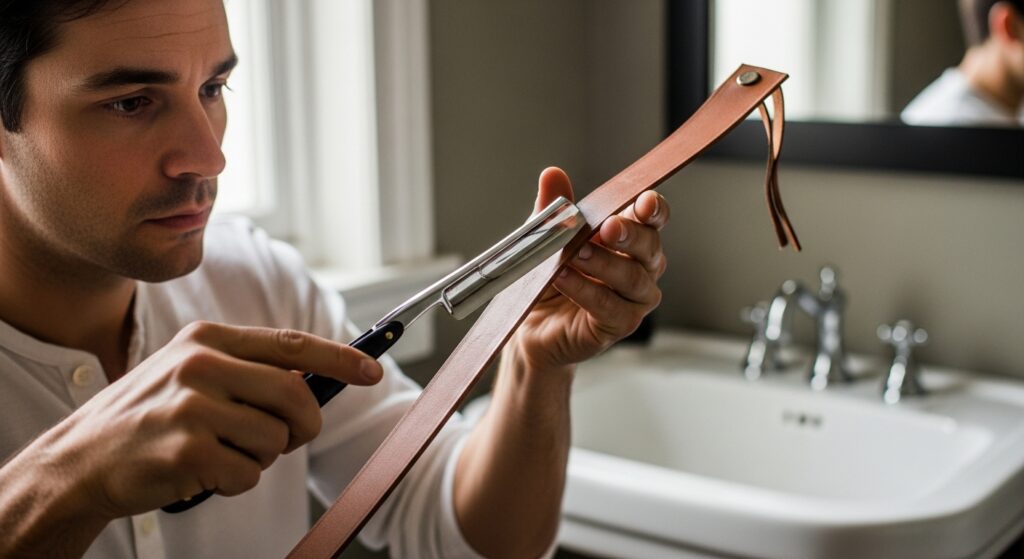
Choosing Based on Experience Level
Beginner-Friendly Features:
- Half hollow grind
- 5/8” blade size
- Stainless steel for low maintenance
- Resin handle for durability
Advanced User Features:
- Full hollow grind
- Carbon steel for ultimate sharpness
- Custom or vintage scales for balance preference
Budget vs Premium Straight Razors
| Price Range | What You Get | Who It’s For |
|---|---|---|
| $50–$100 | Basic stainless steel, resin scales | Beginners, casual users |
| $150–$300 | Higher-quality steel, better grind, wood scales | Enthusiasts |
| $300+ | Hand-forged, custom scales, heirloom quality | Collectors, serious users |
Where to Buy
Discover straight razors in the following locations:
- Special interest shaving shops
- Barbershops (search “straight razor near me”)
- Directly from artisan makers via the Internet who are known for their quality products
In case you’re unsure, try holding one before you purchase it. You can only tell the balance and the feeling that comes with it through a photo.
Mistakes to Avoid
- Not including maintenance tools in your budget
- Purchasing the most heavy grind without knowledge of it
My Take
I would probably restart my woodworking career with a half hollow, 5/8” stainless steel blade that has resin scales. Difficult to overly care for, versatile enough for a beginner, but still holding the potential for a marvelous shave as you progress through your technique.
FAQs
1: What is the easiest straight razor for a newbie?
A half hollow, 5/8” stainless steel razor would be the most forgiving of beginners.
2: How often should I hone a straight razor?
With daily stropping, you could get away with no more than one or two hones per year.
3: What is the difference between a straight edge razor and a cut throat razor?
There is no difference — “cut throat” is just a colloquial term from the past.
4: Can I bring a straight razor on a trip?
Yes, but if you are flying it has to be in your checked bag.
5: Is using a straight razor better than a safety razor?
It is capable of closest shaving, but it takes more skill and is time-consuming to maintain.

Chris Jordan explores the world of haircuts and grooming, giving readers smart tips on finding their perfect style and using the right products. He’s especially focused on barbering trends, fade styles, and grooming tools. Chris aims to inspire confidence through clean, well-maintained, and stylish hair.

